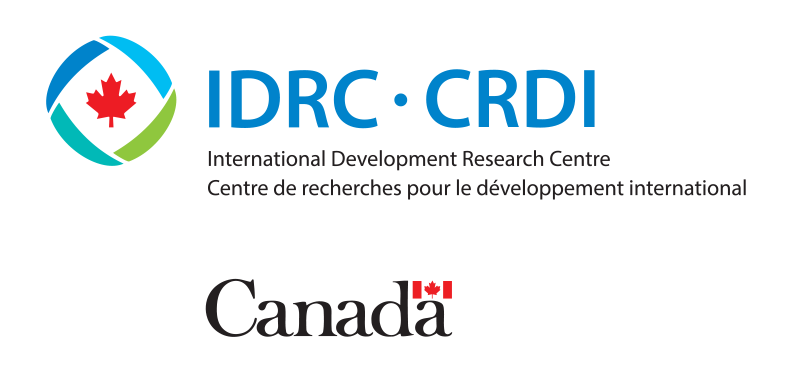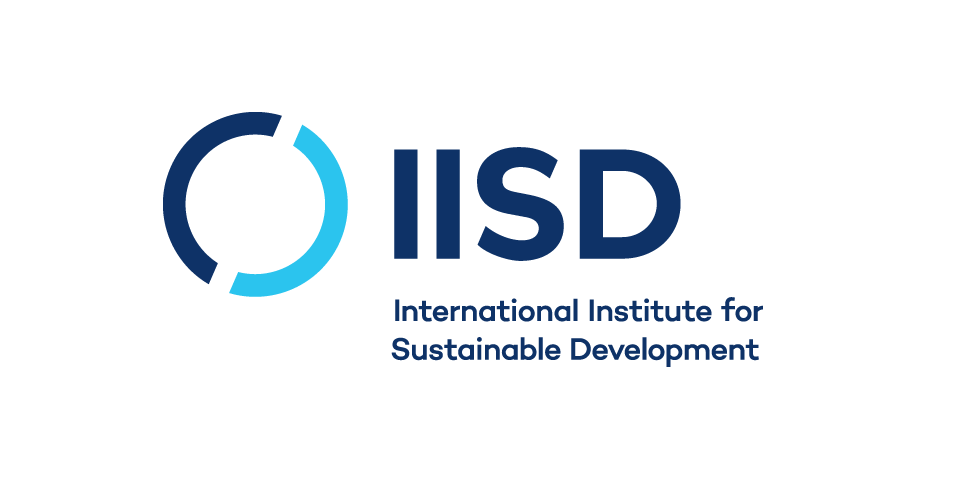Inventory of Innovative Financial Instruments for Climate Change Adaptation
Closing the gap between available financing for climate change adaptation and the needs of developing countries requires looking beyond traditional sources of finance—i.e., grants and (concessional) loans—to innovative financial instruments and mechanisms that can unlock (private) investment. These instruments are increasingly viewed as a means to scale up the investment needed for countries to achieve their climate adaptation goals.
“Innovative financial instruments for climate change adaptation” include mechanisms and approaches that can be used to acquire, structure, govern, and allocate financial resources toward adaptation priorities. They can enable access to financial resources from financial institutions, private investors, institutional investors (such as pension funds), impact investors, foundations, and other philanthropists, and may be blended with traditional sources of financing.
This inventory provides information on a range of innovative financial instruments that have been used, or potentially could be used, to finance the implementation of climate change adaptation measures, including the national priorities identified in National Adaptation Plans (NAPs). It includes
- mature instruments – instruments that have been used for many years for other purposes and that could be adjusted to finance climate change adaptation;
- emerging instruments – newer instruments that may or may not have been developed specifically to finance climate adaptation; and
- pilot instruments – instruments that are currently being developed to finance climate adaptation and that may be applied in the near future.
The inventory is intended to inform governments, project developers, and financiers about available instruments and how they have been used, or could be used, to increase resilience to climate change. It
- describes each of the instruments;
- identifies sectors in which the instruments currently or potentially could be used to support the implementation of climate adaptation measures and actions;
- presents considerations for their use (by developing countries); and
- provides illustrative examples of how they have been used to support climate adaptation.
A summary provides an overview of the included instruments, the sectors in which they might be applied, and where they have been used.


